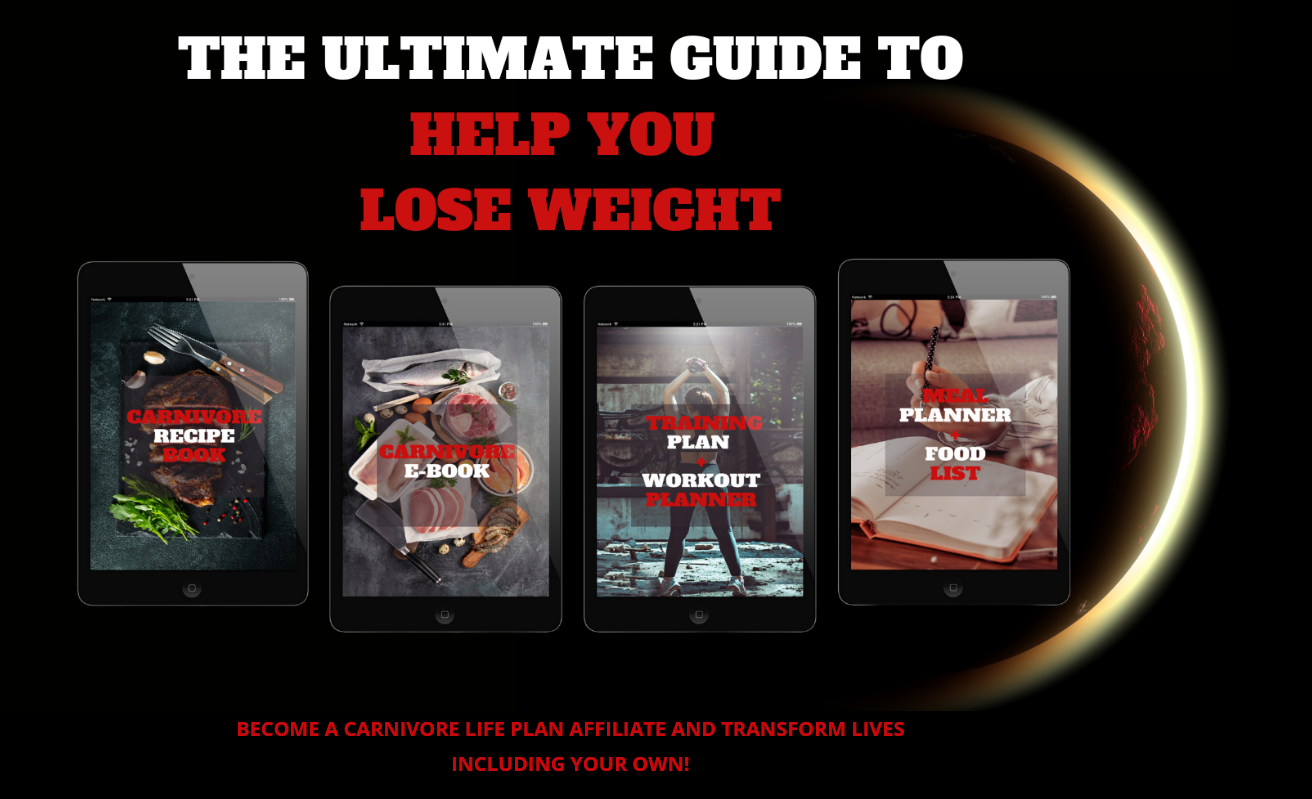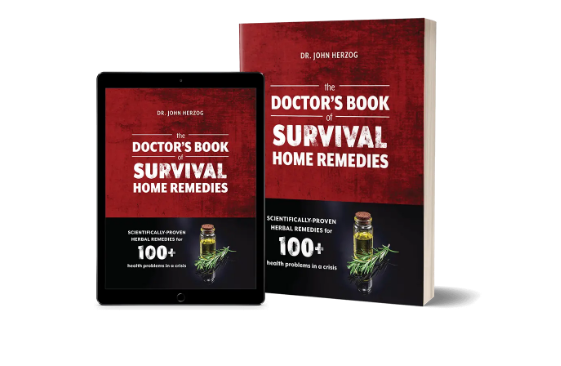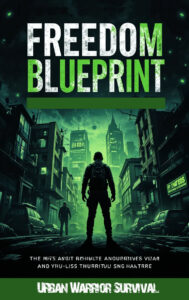

Popular
HOW TO SURVIVE WHEN THE GRID GOES DARK
Surviving when power vanishes overnight.

1. Understanding What the Grid Really Is
Most people underestimate how fragile it all is. The power grid isn’t one machine — it’s millions of interconnected systems relying on perfect coordination. Take out a few key transformers or overload a few substations, and it’s game over for entire regions. What’s worse, you can’t just “flip it back on.” Restarting the grid can take weeks or months, not hours.
People assume backup generators will save them — but those depend on fuel, which depends on the same grid for distribution.
Imagine being stuck in a 30-story apartment when the lights cut out, elevators dead, phones fading, and no one coming up the stairs with answers.
2. The First 24 Hours
The first day decides whether you stay ahead or join the panic. When power goes out, your first priority isn’t to light candles — it’s to secure information, water, and safety. Treat it like a full-scale crisis from the first minute, because by the time officials admit it’s serious, it already is.
Many people waste time waiting for updates instead of moving; information delay kills faster than hunger.
A family in Texas once lost power for just three days during a cold snap — by night two, water pipes burst, stores emptied, and roads froze solid.
3. Communication Collapse
When the grid fails, so do the cell towers and the internet that keep people “connected.” Your lifeline is gone. You can’t call for help, can’t check the news, can’t verify rumors. In that silence, panic spreads faster than truth. You need alternate channels — radios, local meet points, and a team who knows what to do without a text message telling them.
Most people think “I’ll just use my phone battery carefully.” Problem is, towers die long before your phone does.
Picture walking out of your building and seeing everyone staring at dead screens — no service, no info, just fear and confusion.
4. Water: The Real First Priority
When electricity dies, water pumps stop too. The taps dry up, toilets back up, and panic sets in. Within 24 hours, most people realize they’ve got a lot less drinkable water than they thought. Store water now, before you ever need it. If you’re caught unprepared, start collecting and purifying immediately.
Many underestimate how fast city water systems fail without pressure or power — it’s not days, it’s hours.
A man in Detroit once filled his bathtub the second power went down during a storm — that one move kept his family alive for a week.
5. Food and Refrigeration
Everything in your fridge has a timer on it now. The moment the power cuts, the clock starts ticking. Prioritize eating perishables first and ration dry or canned goods later. Don’t open the fridge unless you have to — it holds the cold for only a few hours. You can bury sealed items underground or use natural cooling spots to preserve them longer.
People think they can just “cook it all and store it.” Without cooling, cooked food spoils faster than raw.
A couple in New Orleans lost power after a hurricane — they cooked their meat, stored it outside, and got food poisoning two days later.
6. Security Becomes Survival
When lights go out, crime spikes instantly. No alarms, no cameras, no cops responding fast — just opportunity. You need to control your light discipline, sound, and visibility. Blackout curtains, minimal noise, and a plan for defense. Even good neighborhoods change fast when night lasts too long.
People assume “my neighbors are cool” until resources get scarce. Desperation changes people overnight.
Picture a dark street where everyone’s windows glow but yours stays black — you just became invisible while they became targets.
7. Heat and Light the Smart Way
Candles cause more fires in blackouts than anything else. Learn to light your space with minimal risk — LED lanterns, solar lamps, and chemical light sticks. For warmth, body heat and insulation matter more than flames. A cold night in the dark is bearable with planning — deadly without it.
People light too many candles or use propane heaters indoors — and end up suffocating or burning down their house.
A prepper in Maine survived a week-long outage using just a tent inside his living room, sleeping bags, and one small camp stove outside.
8. Long-Term Adaptation
If power doesn’t come back, you’re not just surviving — you’re rebuilding. You’ll need to think beyond batteries and flashlights. Bartering, gardening, local defense, and manual tools become the new grid. The mindset shift is brutal: from consumer to creator, from dependent to dangerous. The ones who adapt fast lead; the rest fade.
Most people think the grid will always come back — but history shows civilization resets more often than it advances.
Picture the silence of a whole city after a week of blackout — no hums, no lights, just stars and survival. That’s when the real test begins.
Conclusion:
The grid is the heartbeat of modern life, and when it flatlines, most people won’t know how to breathe without it. But survival isn’t about panic — it’s about preparation, adaptability, and mindset. The moment power fades, the world splits in two: those who freeze and those who move. Your job? Be the one who moves first.
VIEW THIS ARTICLE ON YOUTUBE
FOLLOW ON SPOTIFY
ADVERTISEMENT
ADVERTISEMENT
ADVERTISEMENT
ADVERTISEMENT
VISIT ME ON TWITCH!
RELATED POST
Social Networks
- B.Roc Survival Podcast
- Discord
- Patreon
- Youtube
Links List
B.Roc Survival Inc.
All rights reserved










